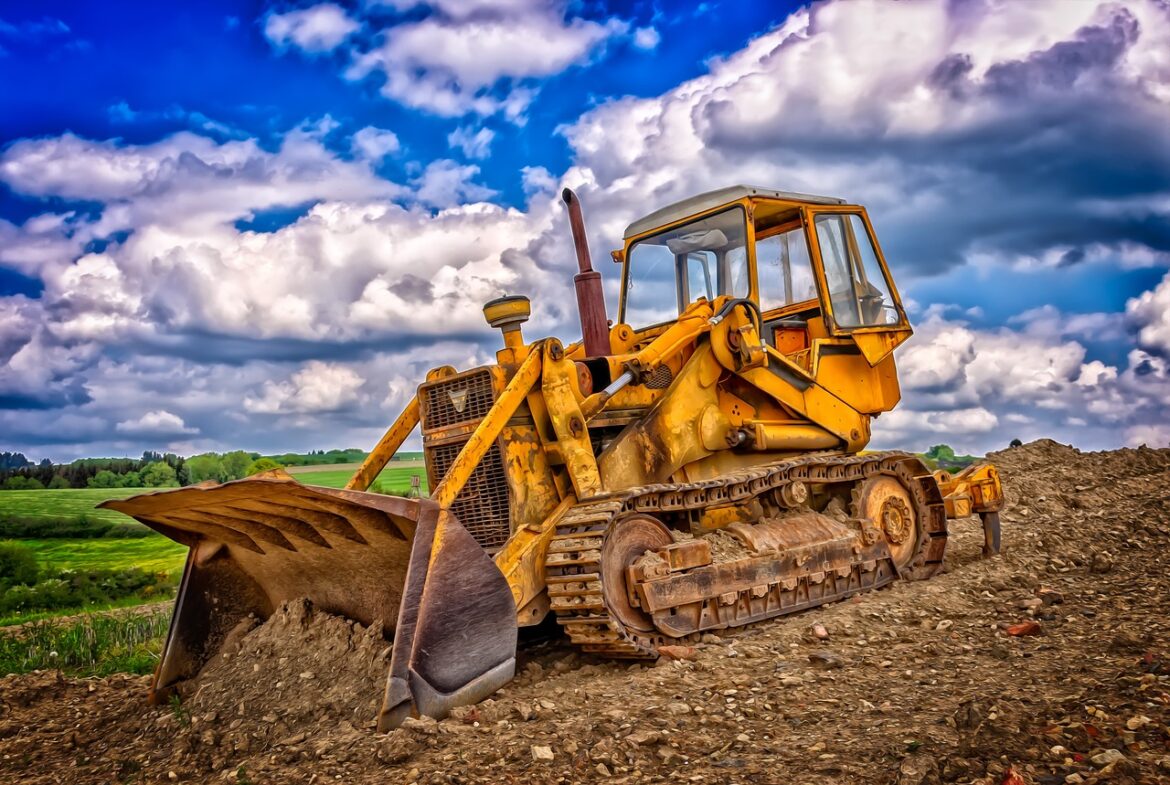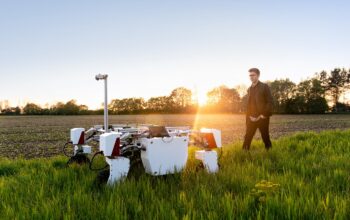Introduction: Engineering in 2025
As we journey through 2025, the world of engineering is witnessing a transformative shift. From miniature robots in search and rescue to sustainable cement alternatives, engineers are pushing boundaries and redefining what’s possible. Let’s dive into some of the most exciting stories shaping the field today.
Miniature Robots for Search and Rescue
Imagine a disaster scenario where buildings are reduced to rubble, and survivors are trapped beneath debris. In such situations, every minute counts. Miniature robots are being developed to navigate through tight spaces, locate trapped individuals, and even provide critical supplies. These robots can access areas too dangerous or inaccessible for humans, offering hope in the darkest moments.
Sustainable Cement Alternatives
Construction is a significant contributor to greenhouse gas emissions. However, researchers at the University of São Paulo and Princeton have made a breakthrough by developing a method to recycle cement waste into a sustainable, low-carbon alternative. This innovation not only reduces emissions but also ensures the strength and durability needed for construction materials. It’s a step towards greener building practices, making our cities more sustainable.
AI in Medical Implants
With the rise of AI, medical devices are becoming smarter. However, this increasing reliance on technology introduces new risks, such as cyber attacks. A recent development focuses on creating new security protocols to protect miniaturized wireless medical implants from cyber threats. This ensures that life-saving devices like pacemakers and insulin pumps remain secure and functional, safeguarding patient health.
Evaporative Cooling for Data Centers
Data centers are energy guzzlers, contributing significantly to global energy consumption. To mitigate this, researchers have introduced evaporative cooling technologies that can reduce energy demands. This innovative approach not only helps data centers operate more efficiently but also reduces their environmental footprint, making them more sustainable.
MIT’s Atmospheric Water Harvester
Imagine being able to produce fresh water anywhere, even in the harshest environments. MIT engineers have developed an atmospheric water harvester that can do just that. This technology uses moisture in the air to generate water, offering a life-changing solution for communities facing water scarcity. It’s a testament to engineering’s power to solve real-world problems.
Emerging Trends in Infrastructure and Transport
The year 2025 is also marked by significant shifts in infrastructure and transport. Trends like privatization, sustainability, and digitization are reshaping how we build and connect our communities. Here are some key trends to watch:
- Funding: The Great Privatization – More infrastructure projects are being funded privately, leading to faster development and innovation.
- Supply Chain: In Search of Standards – With global supply chains being rewired, there’s a growing need for standardized practices to ensure efficiency.
- Sustainability: Fixing the Missing Middle – There’s increased focus on making infrastructure sustainable, not just environmentally but also economically and socially.
Conclusion: Engineering’s Future
Engineering in 2025 is all about innovation, sustainability, and resilience. From robots saving lives to breakthroughs in sustainable materials, engineers are changing the world. As technology continues to advance, we can expect even more groundbreaking solutions to emerge, transforming industries and improving our daily lives.
References:
- https://www.asce.org/publications-and-news/civil-engineering-source/article/2025/06/11/asces-top-10-best-places-to-be-a-civil-engineer-in-2025
- https://techxplore.com/engineering-news/
- https://kpmg.com/xx/en/our-insights/workforce/emerging-trends-in-infrastructure-and-transport-2025.html
- https://www.theengineer.co.uk
- https://news.mit.edu/topic/mechanical-engineering
- https://www.simplilearn.com/top-technology-trends-and-jobs-article
- https://en.wikipedia.org/wiki/Applications_of_artificial_intelligence
- https://www.gartner.com/en/webinar/741155/1674100-gartner-top-strategic-tech-trends-for-2025-the-impact-so-far



